The circumstellar habitable zone is a sphere or ecosphere theoretical surrounding a star where the temperature at the surface of planets in orbit, would the appearance of liquid water. Scientists believe that liquid water is vital because of its role in biochemical reactions. Frank Drake calculated the distance from this area in its equation of 1961.
This equation takes into account the size, brightness of the star and the luminosity of the Sun.
A star that has 25% of the luminosity of the Sun, will have a habitable zone centered at about 0.50 AU.
A star that has twice the brightness of the Sun, will have a habitable zone centered at 1.41 AU.
A habitable zone (ZH) does not mean it houses within its life, but there is a possibility depending on many factors other than a terrestrial planet to harbor life: the Earth is home life, but the Moon located in the same area, is sterile. The planet candidate in the development of life, must be massive enough to prevent water from escaping. The habitable zone is not a static area, it changes depending on the temperature of the star, as their evolution during the star becoming brighter and hotter and hotter, the habitable zone moves logically from the star. A planet will therefore remain as long as possible in this area, to develop all the molecules necessary for life form. | | We must not, in determining the habitability of a planet, put all the conditions that met our Earth, if no other planet in the Universe could support life there, each planet is unique.
Only the condition of having liquid water seems necessary, it is considered an essential element to a viable ecosystem because it helps tremendously transporting materials necessary for biochemical activity. Water is a perfect piece to dissolve the materials and stores well the chemical elements.
Life can be present outside the habitable zone, just that there is liquid water, a source of energy and chemicals whose life needs to build its materials.
Astrobiologists believe that some life forms may exist on other objects in our solar system like Europa, a moon of Jupiter Galilean at 500 million km from Earth. Europe is a ball covered with ice the size of our Moon and has a sea of tens of km deep, kept liquid by the energy of tidal forces of Jupiter.
The friction caused by this stretching causes sufficient heat to maintain liquid water below the frozen surface. The discovery of exoplanets began in 1990 and 2010, 490 exoplanets were referenced.
A terrestrial planet orbiting the star Gliese 581, a red dwarf star located 20.5 light years, lies in the habitable zone of the system. | | 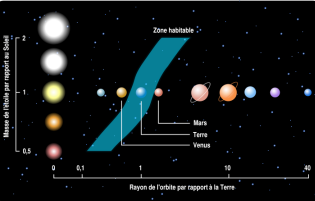 Image: The ecosphere or habitable zone of a solar system based on its brightness and its mass. Life can still be present outside the habitable zone, just that there's liquid water, a source of energy and chemicals whose life needs to build its materials. |
Similarly, a galactic habitable zone is supposed to be an area to promote the stability of a planetary system, to avoid any disruption of galaxies.
A planetary system must be formed near the center of the galaxy to have enough heavy elements that promote the formation of terrestrial planets. The system must maintain some distance from the galactic center to avoid orbital instabilities, supernova radiation, and especially the great black hole of the galactic center. The galactic habitable zone is very difficult to determine, but in our galaxy, the Milky Way, the galactic habitable zone appears to be within 25,000 light years from the galactic center, featuring stars Aged 4 to 8 billion years.
| | Of course our Sun is exactly at this position. The Sun is located in the Orion Arm of our galaxy and rotates at a speed of 270 km/s around the galactic center, completing one revolution every 200 million years. Image: Spiral type galaxy seen edge as this galaxy NGC 4565, on picture cons. | | 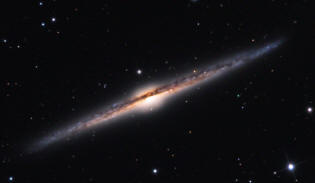 |
The magnitude of the issue does not simply respond as if there is an answer because the issue concerns both the philosophical as the chemistry of life. We find that life evolves in time by taking a path defined by an infinite number of parameters, which makes it unpredictable and indefinable.
But there is a biological definition of life:
"an organism is alive when said exchange of matter and energy with its environment by maintaining its autonomy when it replicates and evolves by natural selection."
All living organisms ensure their stability by responding to changes in their environment.
Life has a faculty of adaptation and learning. Is not it rather, life?
But we also see by observing the galaxies, stars and planets, that matter is able to self-organize without being alive. | | However, a good definition of life must take into account this concept, ie, the ability of the material to gradually climb the ladder of complexity.
The tenacity of life is it not proof that it is present everywhere in the universe, waiting for favorable conditions to continue its path to complexity?
It is difficult to believe that life exists on Earth, wherever there is liquid water, there is a possibility of life even under the icy crust of planets or satellites of planets.
Life thrives in places where even the sun's energy does not penetrate, we see into the depths of our planet. | | 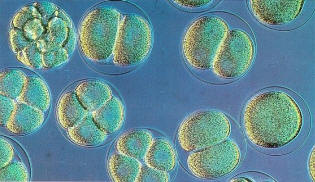 Image: We recognize life when we see it! |
 Automatic translation
Automatic translation





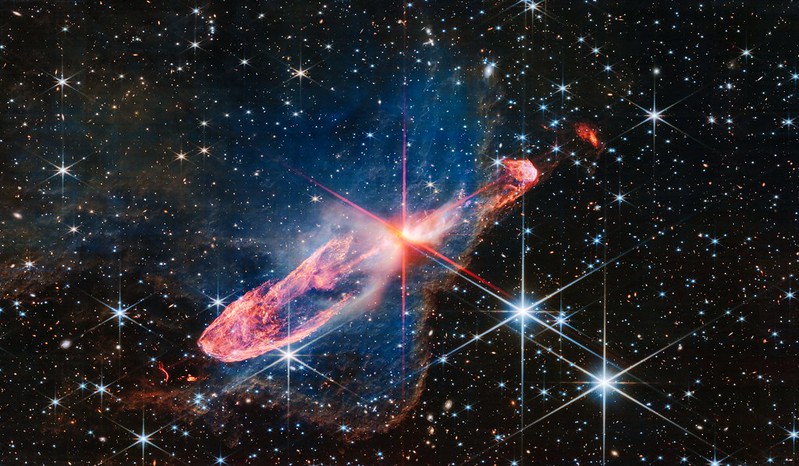 The life of the stars: From the collapse of the nebula to the cataclysmic explosion
The life of the stars: From the collapse of the nebula to the cataclysmic explosion
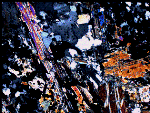 The paradox of the young Sun
The paradox of the young Sun
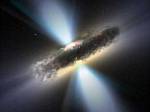 Black hole, massive star residue
Black hole, massive star residue
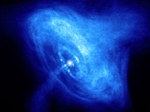 Neutron Star
Neutron Star
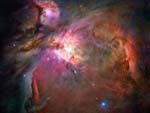 Blue and red giants
Blue and red giants
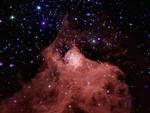 He is born four or five stars every year
He is born four or five stars every year
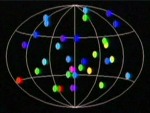 The mystery of gamma-ray bursts
The mystery of gamma-ray bursts
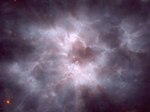 The white dwarfs
The white dwarfs
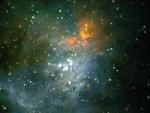 The brown dwarfs
The brown dwarfs
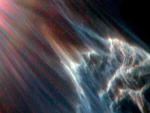 Stellar Winds of the Merope Nebula
Stellar Winds of the Merope Nebula
 Bright Stars Sirius
Bright Stars Sirius
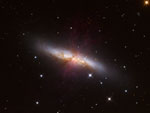 The Cigar Explosion
The Cigar Explosion
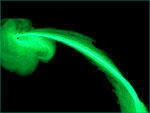 Escape velocity of small objects from black holes
Escape velocity of small objects from black holes
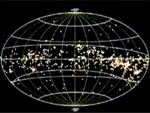 Gould's belt, a stellar firework
Gould's belt, a stellar firework
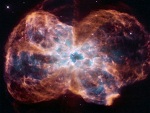 The death of stars as seen by hubble
The death of stars as seen by hubble
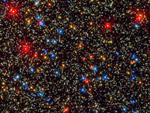 Blue, white, yellow, orange stars
Blue, white, yellow, orange stars
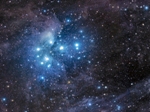 The 500 stars of the Pleiades
The 500 stars of the Pleiades
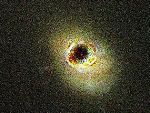 In search of black holes
In search of black holes
 More details about Fomalhaut
More details about Fomalhaut
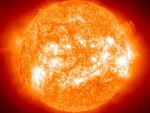 The yellow dwarfs
The yellow dwarfs
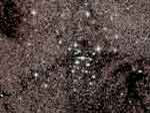 Thousands of stars bound by gravity
Thousands of stars bound by gravity
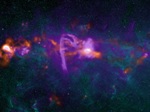 Sagittarius A, our black hole in 2013
Sagittarius A, our black hole in 2013
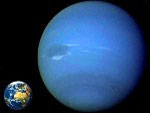 Comparative sizes of planets and stars
Comparative sizes of planets and stars
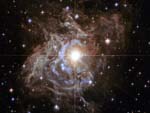 What is a Cepheid?
What is a Cepheid?
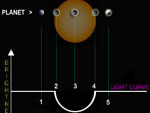 Turn off the stars to see exoplanets
Turn off the stars to see exoplanets
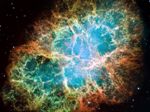 Supernovae or the death of a star
Supernovae or the death of a star
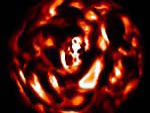 Most detailed image of Betelgeuse
Most detailed image of Betelgeuse
 Star or Planet
Star or Planet
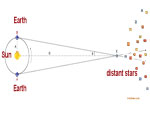 How to calculate the distance of stars?
How to calculate the distance of stars?
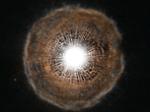 U Cam, a star at the end of its life
U Cam, a star at the end of its life
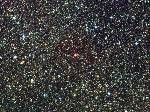 The red dwarfs
The red dwarfs
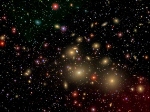 A gigantic black hole
A gigantic black hole
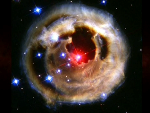 Live explosion seen by Hubble
Live explosion seen by Hubble
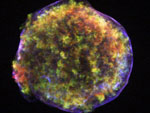 Stars near Alpha Centauri
Stars near Alpha Centauri
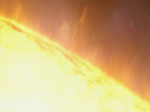 The Power of the Sun
The Power of the Sun
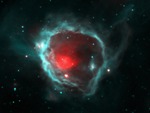 Coatlicue, the star at the origin of our Sun
Coatlicue, the star at the origin of our Sun